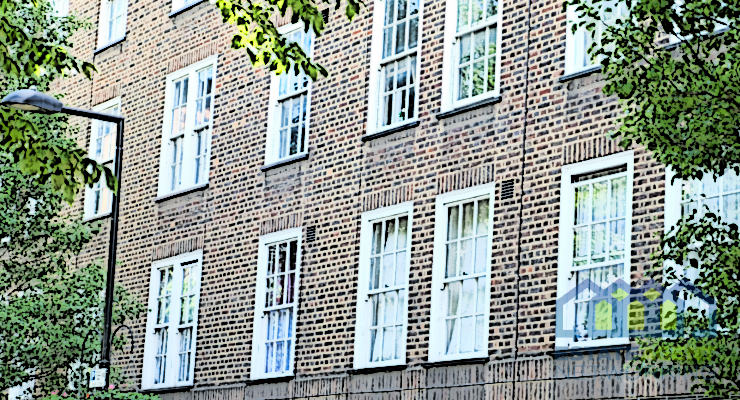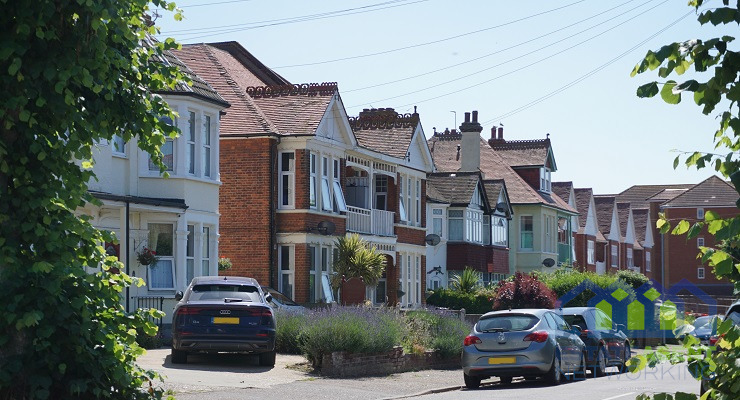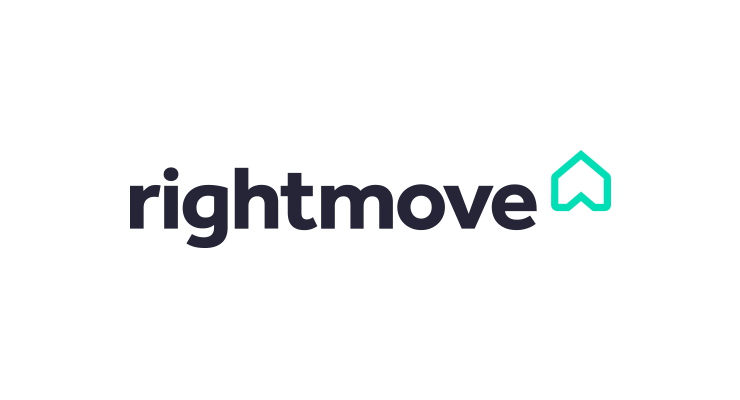Building Fair Futures – Social Equity Through Sustainable Construction
Progressive urbanists once measured social housing success in the number of front doors delivered. In 2025, well‑being charts and carbon ledgers sit beside occupancy counts, revealing a more complex picture: low‑income households face the twin threats of fuel poverty and climate vulnerability. Sustainable construction techniques, underpinned by real‑time data, offer a rare chance to tackle both injustices simultaneously.
Governments and housing associations that can evidence carbon savings while creating local jobs gain access to green grants, favourable finance and, crucially, community trust. Data platforms that verify progress day by day are emerging as the linchpin between lofty policy and on‑the‑ground reality.
The emissions‑justice link
Buildings account for roughly 40 percent of global energy‑related CO₂. Yet the lion’s share of poorly insulated homes sits in deprived postcodes, where residents spend a greater proportion of income heating leaky walls. Low‑carbon concrete blends and optimised curing curves, validated with embedded sensors, reduce embodied emissions without inflating build costs – an essential prerequisite if rents are to stay affordable.
Democratising the green‑jobs boom
Digitally enabled construction requires technicians who can calibrate sensors, analyse dashboards and advise on low‑carbon materials. Apprenticeship programmes tied to social‑housing contracts can recruit locally, ensuring wealth generated by regeneration remains in the area. Partnerships with further‑education colleges provide micro‑credentials in data‑driven site management, raising career prospects long after the last scaffold is struck.
Transparency prevents greenwashing
Public‑sector clients are acutely aware of headline risk. To avoid accusations that sustainability claims are marketing fluff, many specify live dashboards connected to an embedded carbon‑tracking platform. Progress toward embodied‑carbon targets updates automatically as each concrete pour cures, allowing councillors to post genuine, incremental milestones rather than vague annual reports.
Health outcomes tied to structural data
Temperature and humidity sensors record how the building fabric performs over time, informing interventions that keep indoor environments within the World Health Organisation’s comfort bands. Residents benefit from lower rates of respiratory illness, and NHS social‑value calculators convert those health improvements into monetary savings for Treasury budgets.
Resilience as a human right
Extreme weather disproportionately hurts marginalised communities. Real‑time monitoring of slab moisture content can flag when basement floors risk mould after flooding, triggering rapid mitigation. Concrete thermal‑mass data enables passive‑cooling strategies that protect residents during heatwaves, reducing reliance on expensive mechanical ventilation.
Financing equitable sustainability
Impact investors increasingly tie coupon rates to social as well as climate KPIs. By embedding sensors that prove reductions in both carbon and fuel bills, housing associations unlock cheaper capital. The feedback loop is powerful: lower finance costs free headroom for deeper retrofit programmes, perpetuating the cycle of benefit.
Community co‑creation
Live data shared via smartphones empowers residents to participate in their building’s environmental performance. Workshops teach tenants how to interpret dashboards and influence future refurbishment priorities, shifting the relationship from landlord‑tenant to co‑guardian of a shared asset.
Looking ahead
As policy evolves from net‑zero to net‑positive mandates, the ability to produce verified, real‑time metrics will decide which regeneration bids win funding. Stakeholders that align social‑equity goals with sensor‑backed sustainability will deliver neighbourhoods that are both greener and fairer, proving that climate action can be a lever for justice rather than a luxury add‑on.
Read more about sustainable infrstructure in this summary of PAS 2080.









